Author: Maunish Shah
-
India’s First Proof Set – Baroda, Sayaji Roa III, VS1949 (AD1893)
Sayaji Rao III, Special Mint Commemorative Proof Set which includes copper & silver coins dated VS1949 AD1893, machine struck (16). This specially packed proof set is encased in a purple velvet box with a round coin like bust of the king and 2 half circles both with the name & title of the maharaja. This […]
-
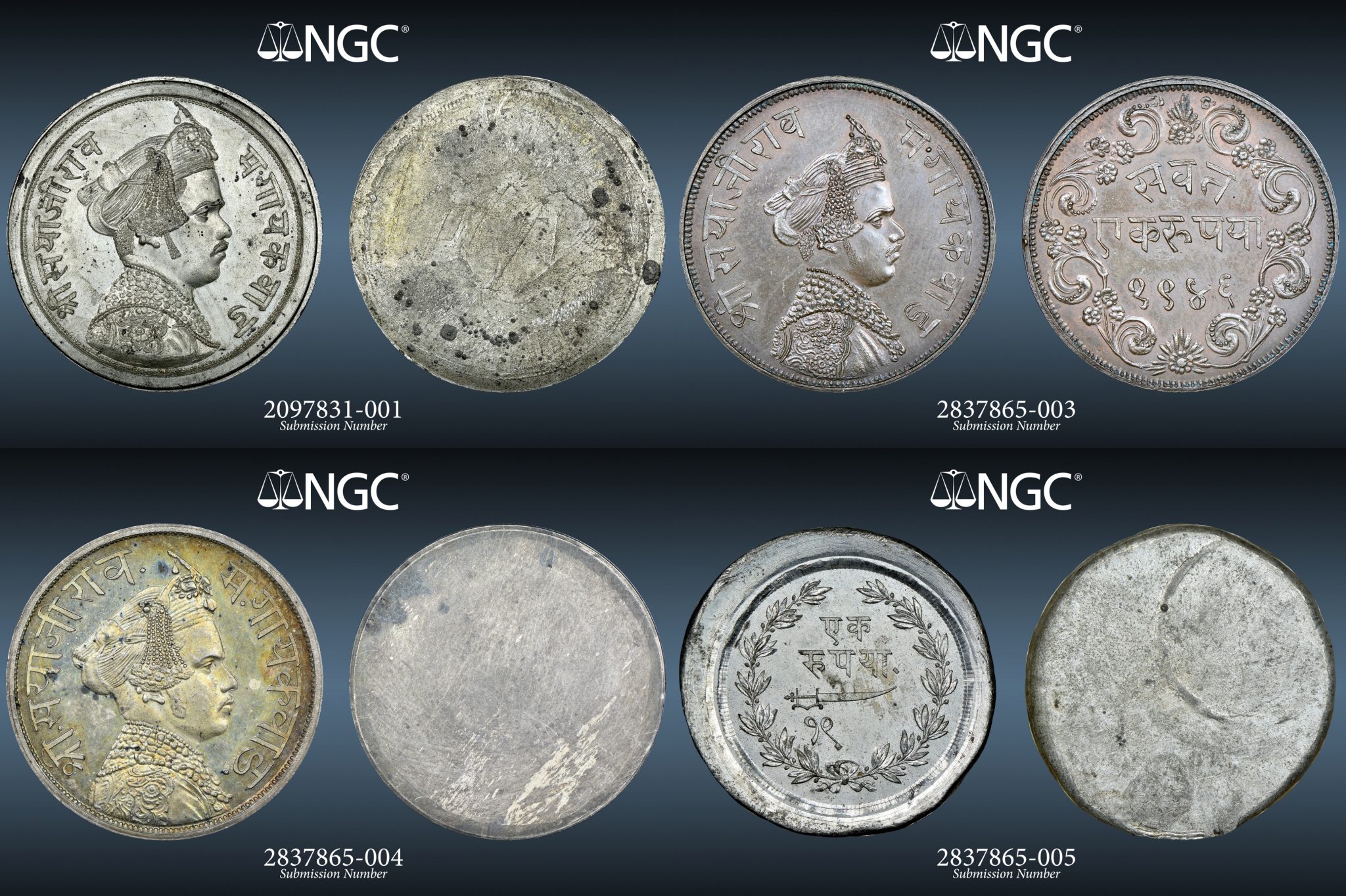
A Collection of Patterns & Die Trials from Baroda
This unique exceptional series of tests/trials were produced with a view to issue the new rupee of Baroda, put into circulation in 1891. The bust of the obverse is very close to the model chosen for the current issue. On the other hand, the floral decoration of the reverse of the copper test will not […]
-
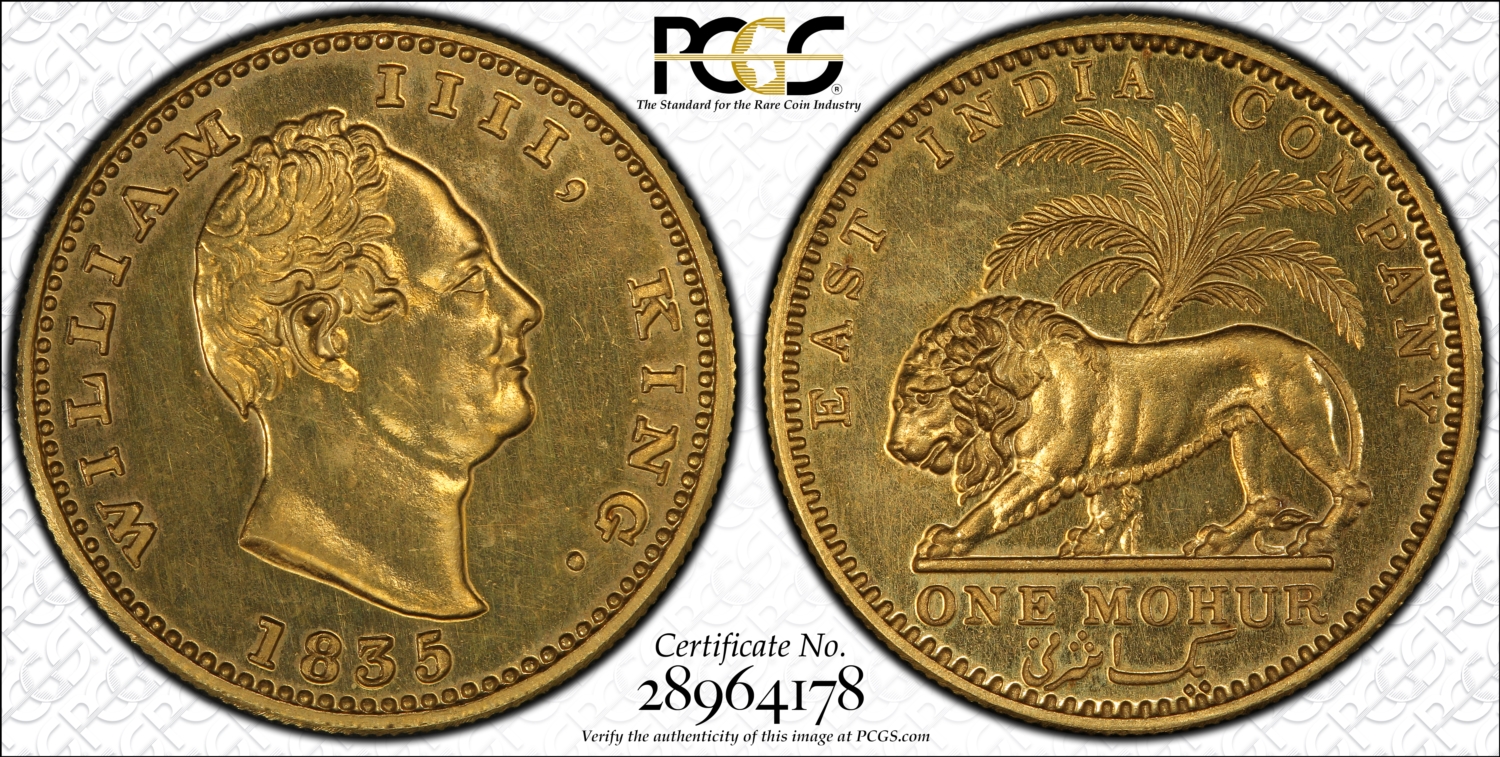
British India Gold Mohur – 1835 & 1841 Proof Mule Varieties
Recently, I came across 2 interesting coins, Proof mule restrikes of the 1835 & 1841 Mohurs. These 2 varieties have gone unnoticed by the majority of the collectors & dealers. Major publications including Pridmore & Paul Stevens have not attributed these coins till date. These varieties are typically seen in proof restrikes, made for collectors in the […]
-

East India Company, British India 1857-1858 1/4 Anna – Varieties
The 1857 & 1858 1/4 Anna coin was produced in England by Soho mint and J. Watt & Co., Birmingham, England as the Indian mints were unable to keep up with the huge demand of 1/4 Anna coins during this time. 1857-58 were turbulent years in India and historically very significant. These coins were minted […]
-
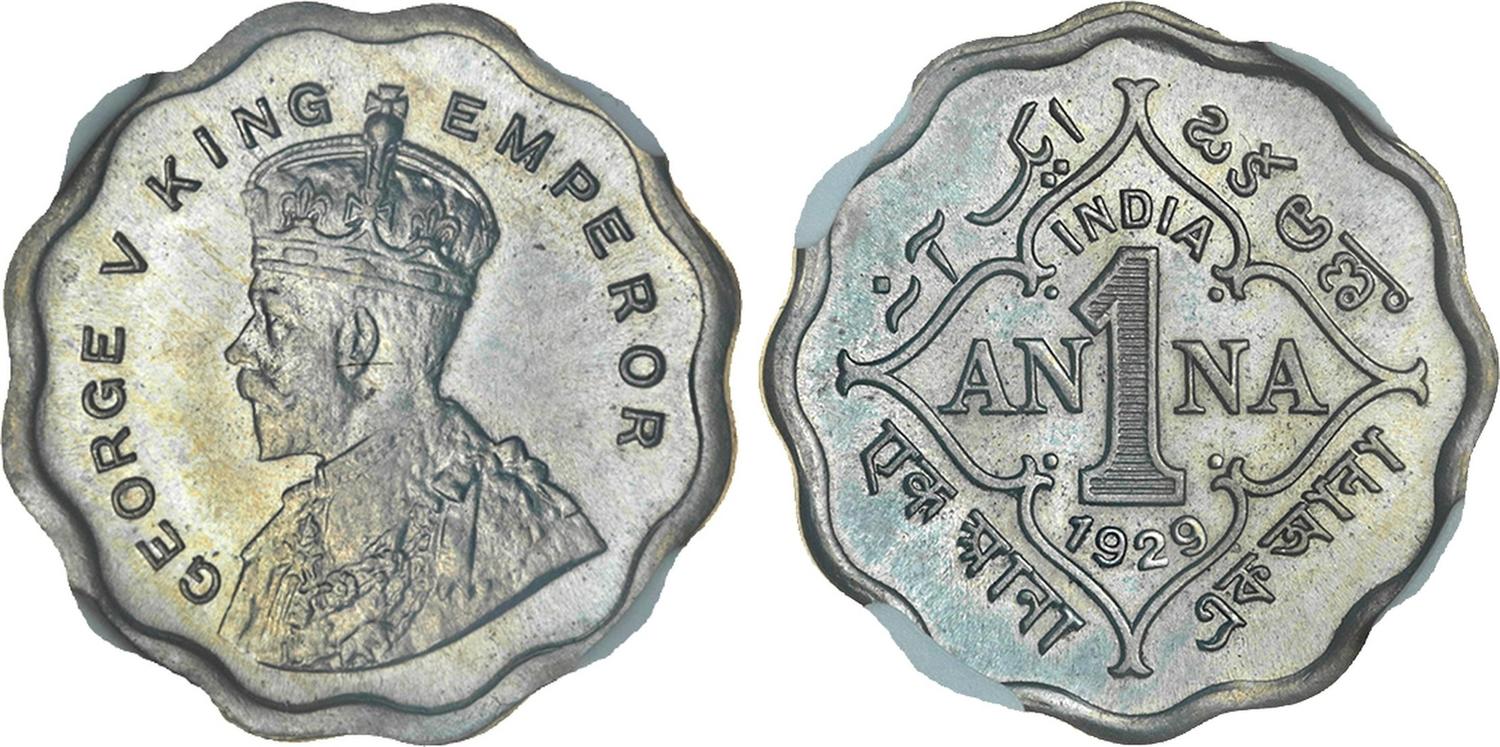
British India 1929 One Anna Pattern/Specimen – 2 Types
In 1929, it seems that there was some thought at the Calcutta mint to change the design of the Anna slightly, perhaps in the hope of increasing the longevity of the dies. They tried to make the rims a little different, wider and more rounded. It appears that nothing came of these ideas except for […]
-
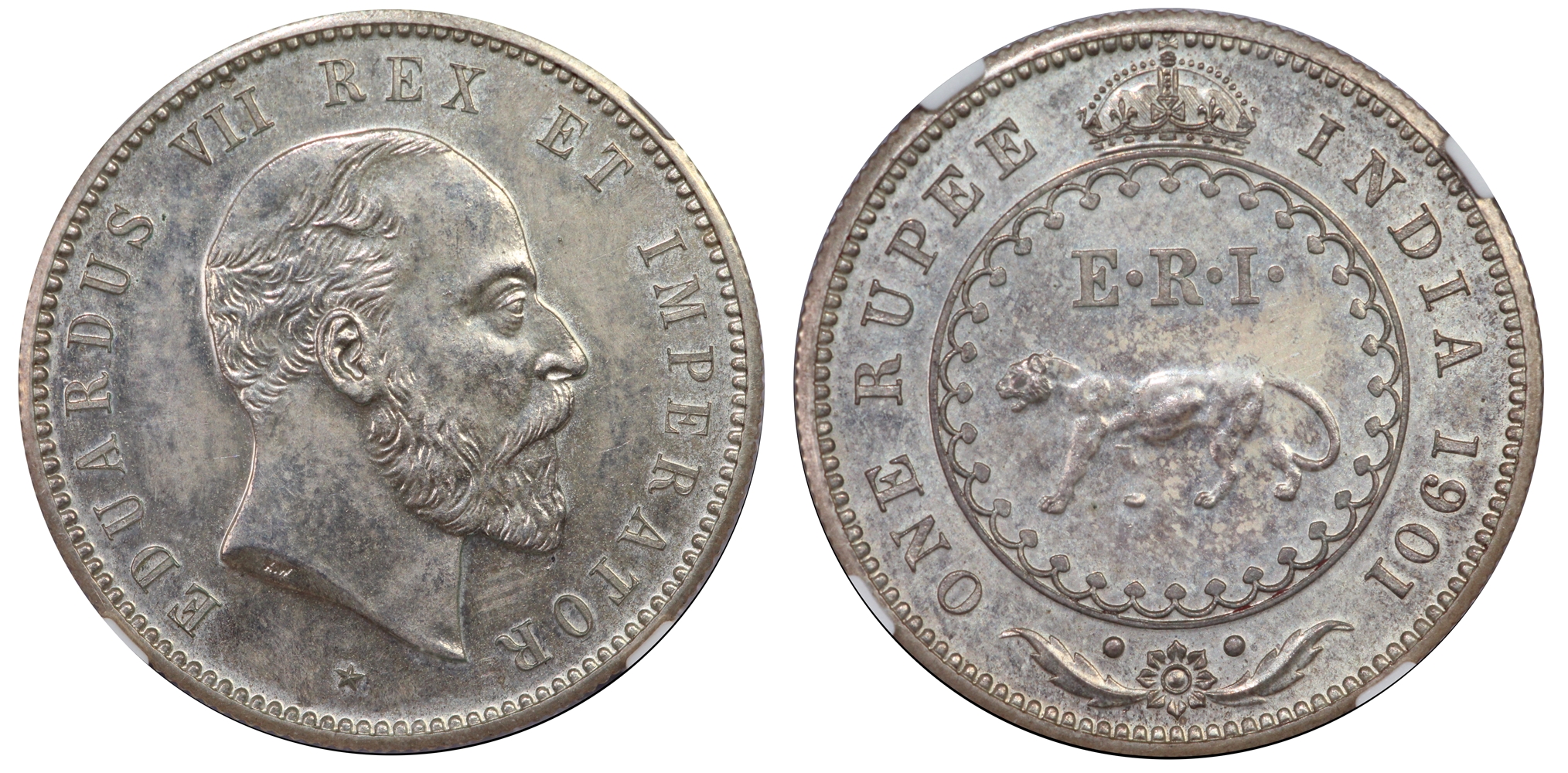
British India, Edward VII, 1901 Pattern & Proof Rupees including the Later Restrike Mules
Queen Victoria died on 22nd January 1901. The designs for the new coinage were begun almost immediately in Calcutta and were sent to the Royal Mint for their consideration. The officials at the Royal Mint were not complimentary and further designs were called for. After much discussion and debate, designs were submitted to the new […]
-
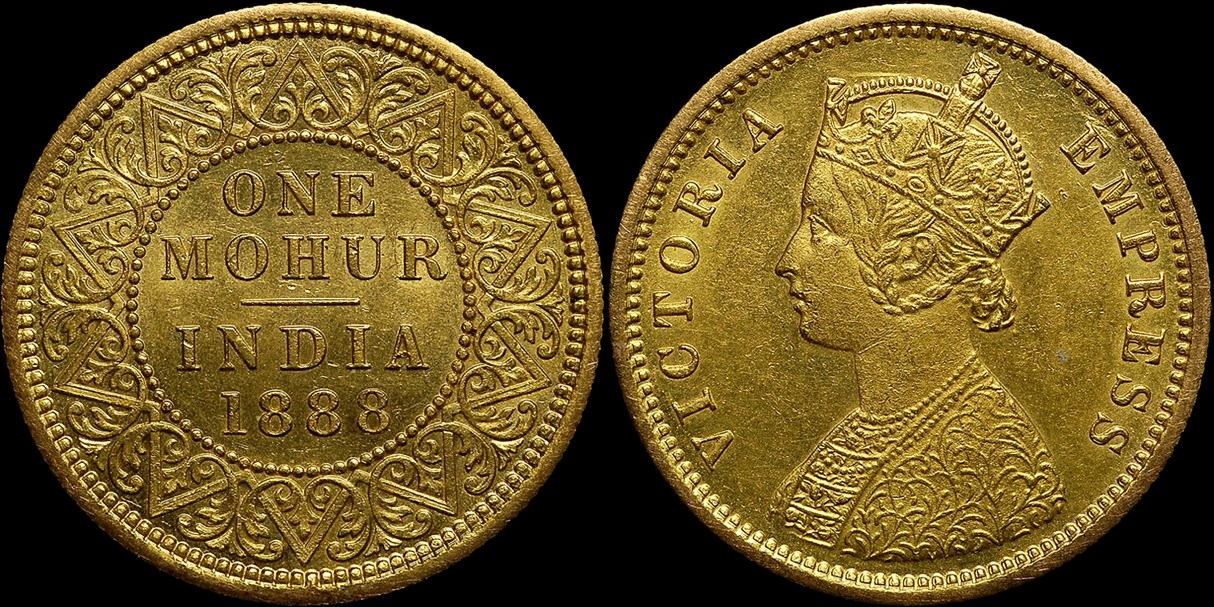
Counterfeit, 1888 British India Gold Mohur – Technique & Detection
This counterfeit British India Gold Mohur was produced using the transfer die method. As a result of the growing market for Indian coins, counterfeiters have shifted some attention towards this area. While a lot of collectors and dealers are aware of high-quality China-made counterfeits of Chinese and United States coins, counterfeiters in China, as well […]
-
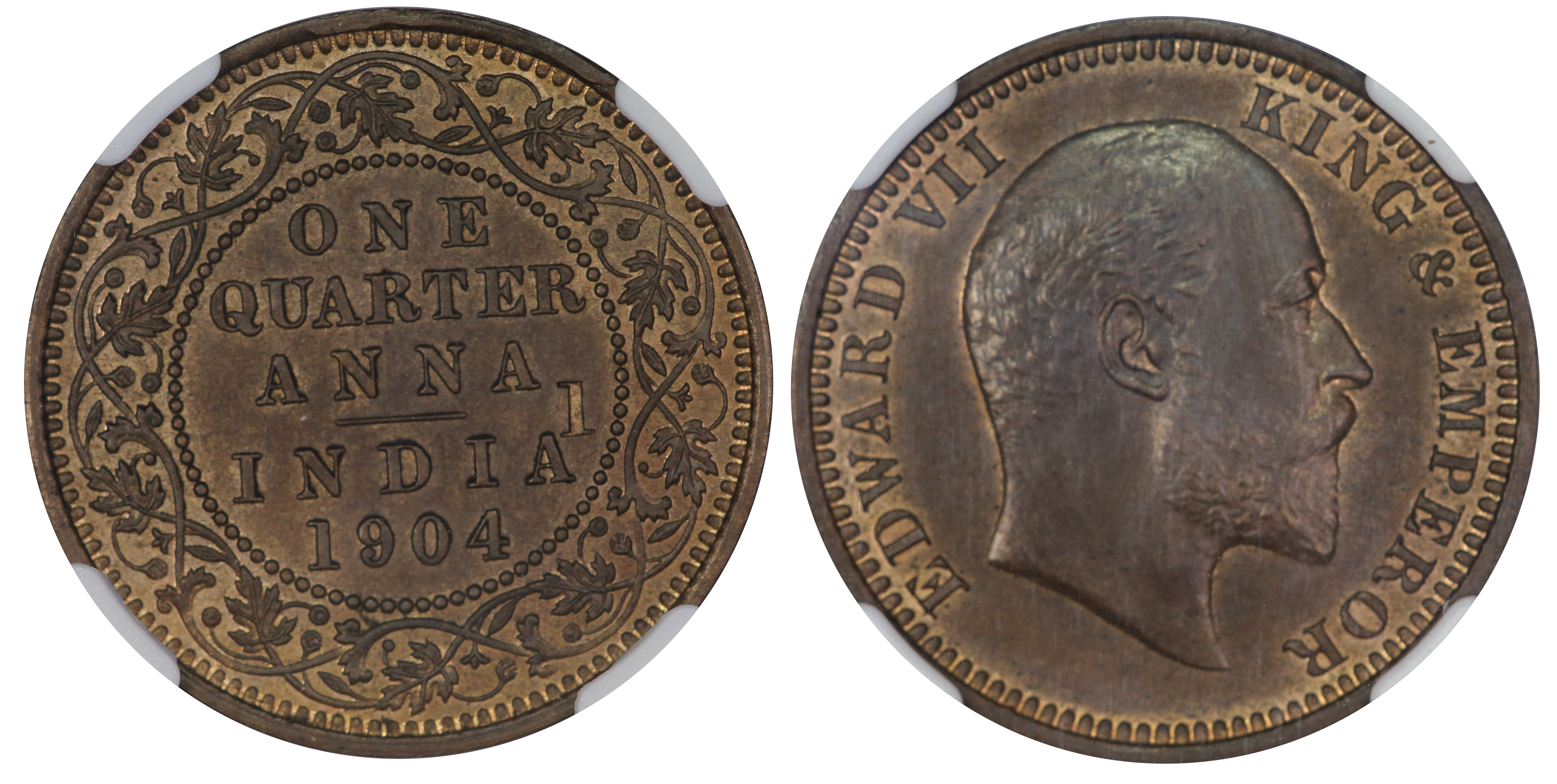
British India Edward VII, 1904 Copper & Bronze Die Trial set – 4 coins
This set of 4 coins in one of the fascinating trial patterns in British Indian coin series. The first coin is the 1904 1/4 Anna in bronze rather than the copper of the circulating coins, graded by NGC as PF 64 BN. Obverse: EDWARD VII KING & EMPEROR, Reverse: Counter-stamped “1”, thick flan (SW 7.163; […]
-
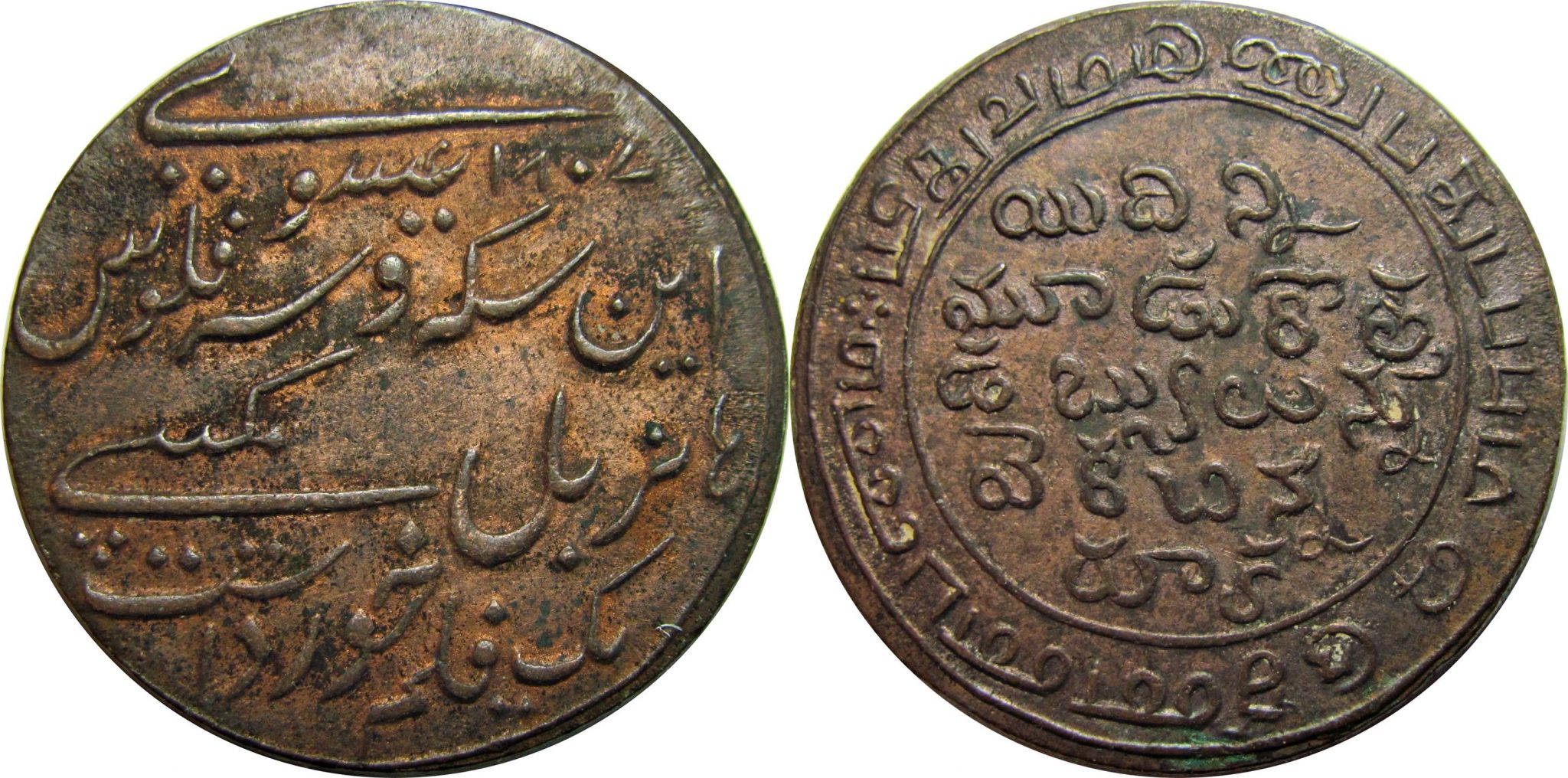
1807 Madras Presidency Regulating Dub
Here is a Madras Presidency Regulating Dub, dated 1807. This is a unique denomination, minted to adjust payments made in copper dubs and fanams instead of the rupee. This coin, along with 3 copper Dubs, was set to equal 1 Fanam. There were initially only Rupees, fractional rupees, and gold coinage that were mainly used. […]